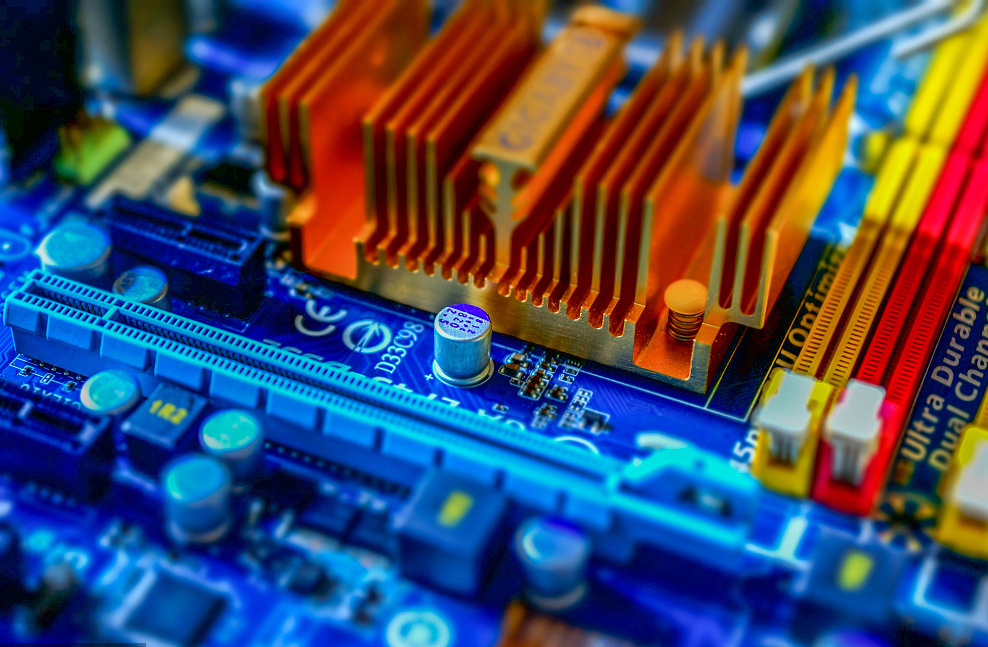AI + quantum computing = quantum memristor?
2022-08-05
In recent years, computing has advanced in two main areas: breakthroughs in machine learning, the development of algorithms that automatically improve through experience; and research in quantum computers, the theoretical demonstration that quantum computers are more powerful than any supercomputer.

In recent years, computing has advanced in two main areas: breakthroughs in machine learning, the development of algorithms that automatically improve through experience; and research in quantum computers, the theoretical demonstration that quantum computers are more powerful than any supercomputer. Now, scientists have created the first prototype of a device known as a quantum memristor, which may help bring the best of both worlds together, combining artificial intelligence with quantum computing for unprecedented gains Ability.
Memristors, or memristors, are building blocks for electronic circuits that scientists predicted about 50 years ago but were first created just over a decade ago. These elements are essentially electronic switches that remember whether to turn them on or off after the power is turned off. As such, they resemble synapses—the connections between neurons in the human brain, whose conductivity increases or decreases depending on the amount of electric charge passed through them in the past.
In theory, memristors could act like artificial neurons, both computing and storing data. As such, the researchers believe, neuromorphic, or brain-type computers built using memristors perform well at running neural networks, a type of machine learning system that uses synthetic versions of synapses and neurons to simulate the processes in the human brain. learning process.
Now, scientists in Austria and Italy have developed a quantum version of a memristor that they think could lead to quantum neuromorphic computers. They detailed their findings last month in the journal Nature Photonics.
Quantum computers rely on how the universe is a fuzzy place on the smallest level. For example, atoms, photons, and other components of the universe can exist in a flux state called superposition, which means they can essentially be in two or more places at the same time, or spin in two opposite directions at the same time.
While classical computers turn transistors on and off to represent data as 1s or 0s, quantum computers use qubits that can be in a superposition state, where they are both 1s and 0s. The more qubits connected together in a quantum computer, the more computing power its computing power can grow exponentially.
Scientists are still working on specific questions where quantum computing may have advantages over classical computing. More recently, they have begun to explore whether quantum computing could help facilitate machine learning.
Previous research has suggested developing a quantum memristor that uses photons to help support quantum machine learning. However, the previous work would be very challenging to implement because it required creating a quantum superposition of a one-photon state with a zero-photon, vacuum state.
Key words:
Previous Page:










